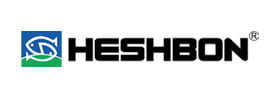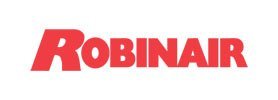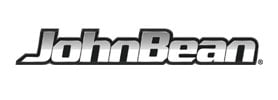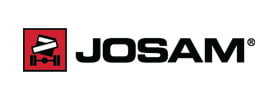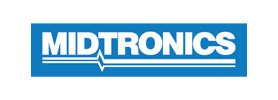Refund and Returns Policy
I can provide you with a general overview of a refund and returns policy, but please note that specific policies may vary depending on the company or store. It’s always a good idea to check the official policy of the particular business you’re dealing with.
A refund and returns policy is a set of guidelines and procedures that govern the process of returning or exchanging purchased items and obtaining a refund. Here are some common elements that are typically found in such policies:
1. Eligibility: The policy will outline the conditions under which a return or refund is possible. This may include factors like the time frame within which returns are accepted, the condition of the item, and any specific product categories that may be exempt from returns (e.g., perishable goods, personalized items).
2. Timeframe: The policy will specify the timeframe within which returns or exchanges are accepted. It could be a certain number of days from the date of purchase or delivery.
3. Proof of Purchase: Generally, a proof of purchase is required for returns or refunds. This could be a receipt, order confirmation email, or any other form of documented evidence of the transaction.
4. Condition of the Item: The policy will usually state that the item being returned must be in its original condition, unless it is defective or damaged upon receipt.
5. Refund Options: The policy will explain the available refund options. This could include a full refund in the original form of payment, store credit, or an exchange for another item.
6. Return Process: The policy should provide clear instructions on how to initiate a return or refund. This may involve contacting customer service, filling out a return form, or following an online return process.
7. Return Shipping: The policy should clarify who is responsible for the cost of return shipping. Some businesses offer free return shipping, while others may require the customer to cover the shipping expenses.
8. Exceptions and Restrictions: The policy might outline any specific exceptions or restrictions that apply to certain products, such as electronics, software, or hygiene-related items.
9. Final Sale Items: If there are any items that are marked as “final sale” or non-returnable, the policy should make this clear to customers.
It’s important to review the specific refund and returns policy of the company you are dealing with, as individual businesses may have variations or additional terms specific to their operations. This information is often available on their website or provided at the time of purchase.












